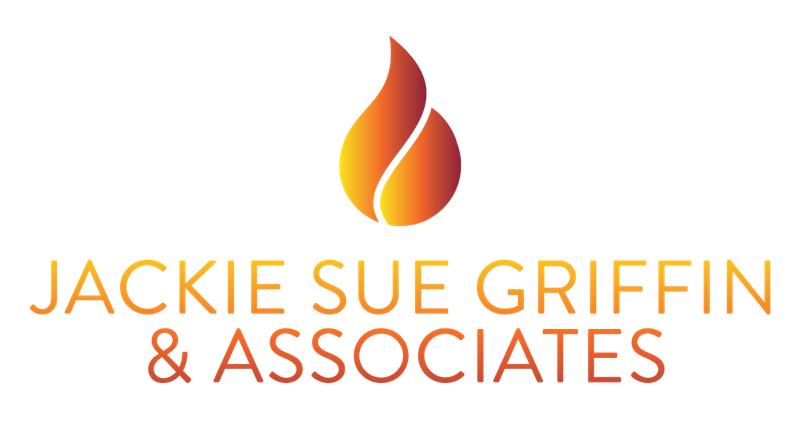23 Feb Keeping Music Alive in the Age of COVID-19
 By Elliott Potter
By Elliott Potter
COVID-19 has claimed so many victims and caused so much damage that it almost seems uncaring to look beyond the troubling death toll and pointlessly frustrating to focus on just a single mucked-up aspect of daily life.
We’re still coming to grips with the awful loss of humanity. Early on, for weeks and months, most people did not personally know someone who had fallen seriously ill or died from COVID-19. That has changed. Nearly everyone by now seems to have lost someone, usually more than one, for whom they cared deeply–and for whom they have shed many tears.
The damage this scourge has inflicted on our daily existence seems boundless. We can’t move about, worship, visit, relate, dine out, travel–you name it–in ways that make us happy.
While it may not appear on everyone’s sure-miss-that list, there is one quality-of-life staple that shows up frequently on social media and in conversations. People miss live music. Artists miss playing it. Folks such as me and quite a few of my friends miss listening to it. It’s like we’ve lost our soundtrack.
While this may seem to some like an insignificant complaint–and it certainly is that compared to some of the other hardships suffered–it is nonetheless heartfelt and quite demoralizing. There are emotional, social, romantic and even physical ramifications.
Indeed, we have lost many of the contributors to the music scene. Americana legend John Prine was one of my favorite live performers, and COVID-19 took him back in April 2020. Other notable musicians whose deaths were linked to COVID include Charley Pride, country music’s first African-American superstar; Trini Lopez, who sang “If I Had a Hammer;” Broadway star Nick Cordero; musical patriarch Ellis Marsalis and country singer Joe Diffie. It’s a long list.
A couple of years ago, I read about a study conducted in the United Kingdom by a company called O2, which operates large music venues. Okay, nobody is claiming a lack of possible bias in the research. The study also wasn’t peer-reviewed or published in a medical journal, known or unknown. But there were some scientific elements, and the findings were purported to show that attending concerts increases life expectancy and improves overall health.
The “researchers” used heart-rate tests and something called psychometrics to compare people who attended concerts, practiced yoga and walked dogs. They discovered that concertgoers felt a 21 percent increase in well-being, compared to 10 percent for yogis and 7 percent for dog-walkers. Concert attendees also felt a 25 percent increase in self-worth, a 25 percent increased feeling of closeness to others and a 75 percent increased mental stimulation.
Patrick Fagan, a behavioral scientist at Goldsmith University, had also examined the relationship between life expectancy and live music. He concluded, “Combining all of our findings with O2’s research, we arrive at a prescription of a gig a fortnight, which could pave the way for almost a decade more years of life.”
Of course, that study was reported in 2018. It should be duly and emphatically noted that the health benefits of “a gig a fortnight” are pretty much negated at this time, with a deadly virus in our midst. Most states have closed large venues, limited crowd sizes and restricted smaller clubs–all for good reason.
Maintaining social distancing and avoiding close contact with people outside your household are the best ways to protect yourself (and others) from COVID-19. People tend to crowd the stage at concerts and clubs, and those motivated by the music or the accompanying refreshments have been known to move about and around a bit. So, it’s not the time to drop our guard and head over to a nearby concert venue–though wouldn’t it be nice if we could? We’re still going to wait a while and not risk our health by crowding into an arena or concert hall.
While we are waiting, some people have come up with pretty good ideas to get through this live-music drought. Some artists started on a small scale, filling the void by livestreaming virtual sets from locations such as their living rooms. Once livestreaming caught on, some of the bigger acts offered pay-per-view events. Artists have played drive-in concerts and even tried limited seating shows with a plethora of safeguards.
Local clubs and restaurants, especially those that could provide outdoor seating, have provided opportunities for those willing to take some measure of risk. Still, reduced hours, limited capacity and the ominous prospect of a spreader event have kept local music scenes from really hitting their stride again. The pandemic also has left musicians, venues and assorted industry workers wondering when their income might return to pre-pandemic regularity.
My talented friend Hank Barbee has enjoyed a good, long run playing both solo gigs and shows with his band, The Dust Parade, mostly along the southeastern coast of North Carolina. Hank told me recently that he had struck a nice balance–spending alone time writing and recording while playing and enjoying the social experiences of live gigs. “COVID-19 threw that balance way off course,” he said. “So the impact has been well-rounded: personal, social and financial as well as adding a great degree of uncertainty to future performing.”
Like many musicians during this past year, Hank has invested in upgrading his home studio to limit the impacts of pandemics and any other future disruptions. Also like many other musicians, he has spent time writing new music for future releases. “I certainly wrote an album’s worth of songs completely related to this predicament,” Hank said. Among the titles: “New Kind of War.”
Music industry insiders say to expect the floodgates to open for new albums and concert tours once the all-clear signal is given. Things could get a little crazy, but they probably will start slowly and build like the crescendo of a U2 song.
Some socially distanced events are already in the works. One such event, Moon Crush, in Miramar Beach, Fla., has been months in the making and meticulously planned for safety. The week-long series of concerts are scheduled for April 26-May 1. Without knowing what specific conditions they will face, Moon Crush organizers have gone all out in working with local health officials in deploying an array of precautions promoted as “Safety First!”
Unlike traditional music festivals, which feature bands playing multiple stages all day, Moon Crush will consist of four shows over five days, with three artists planned for each segment–including headliners Sheryl Crow, Jason Isbell and the 400 Unit, the Revivalists and NEEDTOBREATHE. Among the precautions: required masks; required pre-event COVID-19 tests; socially distanced “cove” seating; cashless transactions and non-stop sanitation efforts. Pre-screened housing is available to festival attendees, and there are clear refund policies and a set date for rescheduling the event should conditions require.
Using similar approaches, organizers are announcing other safety-first events throughout the country. It won’t be the same music scene as the one before COVID-19, but it won’t be a repeat of the final nine months of 2020 either. The comeback is underway.
Writing in The Atlantic, Dave Grohl of the Foo Fighters took note of both the certainty and the uncertainties surrounding the return of live music: “I don’t know when it will be safe to return to singing arm-in-arm at the top of our lungs, hearts racing, bodies moving, souls bursting with life. But I do know that we will do it again, because we have to. It’s not a choice. We’re human. We need moments that reassure us that we are not alone.”
For more HERStory information, check out our Facebook Page and LinkedIn Page and subscribe to our newsletter below.
We want to hear your story. Your story is my story. Help us empower other women by sharing your story.

Elliott Potter is a staff columnist and blogger for HERStory. He is a former newspaper editor and publisher who lives in Jacksonville, N.C.

No Comments